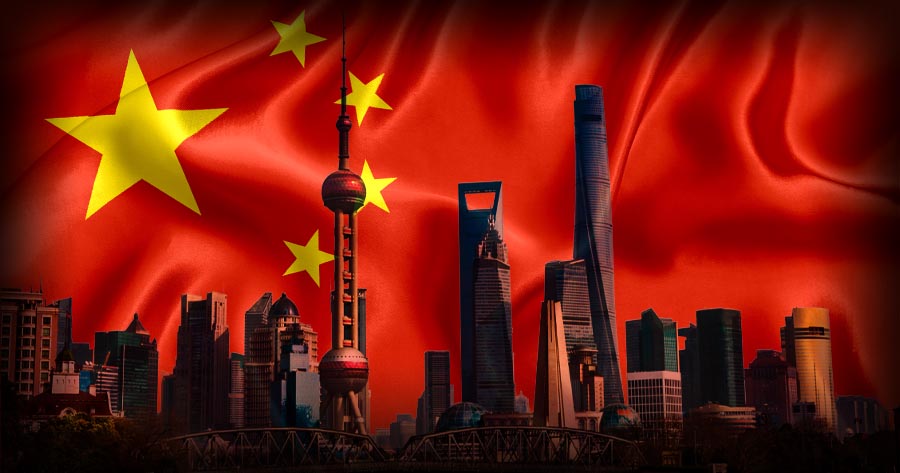As major economies are facing persistent inflation above target range, China is on a brink of deflation again as its consumer price was flat in September, slowing down to 0% year-on-year after edging up 0.1% in August. The data was below consensus for a 0.2% growth in prices as concerns linger about weak demand.
China recently dipped into deflation territory in July this year after the consumer price fell to 0.3%, which was after a 0% reading in June. It was the first time that the world’s second largest economy dipped into deflation since 2021.
Falling in prices can lead to a cycle where consumer spending drops, which will be followed by decreasing profits, lower employment and investment.
The key factor in cooling headline inflation in the previous month was a steeper fall in food prices, which accounted for a 0.6 percentage points drag, twice the amount of a 0.3 percentage points drag in August.
Meanwhile, the Producer Price Index also dropped 2.5% YoY in September, compared to a drop of 2.4% expected by economists.
In the morning on Monday, the People’s Bank of China (PBOC) maintained its one-year medium-term lending facility rate unchanged at 2.50%. The central bank did ramp up liquidity by conducting medium-term lending facility (MLF) operations worth 789 billion yuan.
The move came just before the publication of its gross domestic product for the third quarter of this year on Wednesday that is expected to increase 4.4%, a slow down from 6.3% expansion in the second quarter.
Earlier this month, the World Bank maintained its economic growth forecast for China unchanged at 5.1% for 2023, but lowered its 2024 estimate to 4.4% from 4.8% previously.
Meanwhile, the International Monetary Fund (IMF) revised down China’s growth forecast to 5% for 2023 and 4.2% for 2024.





